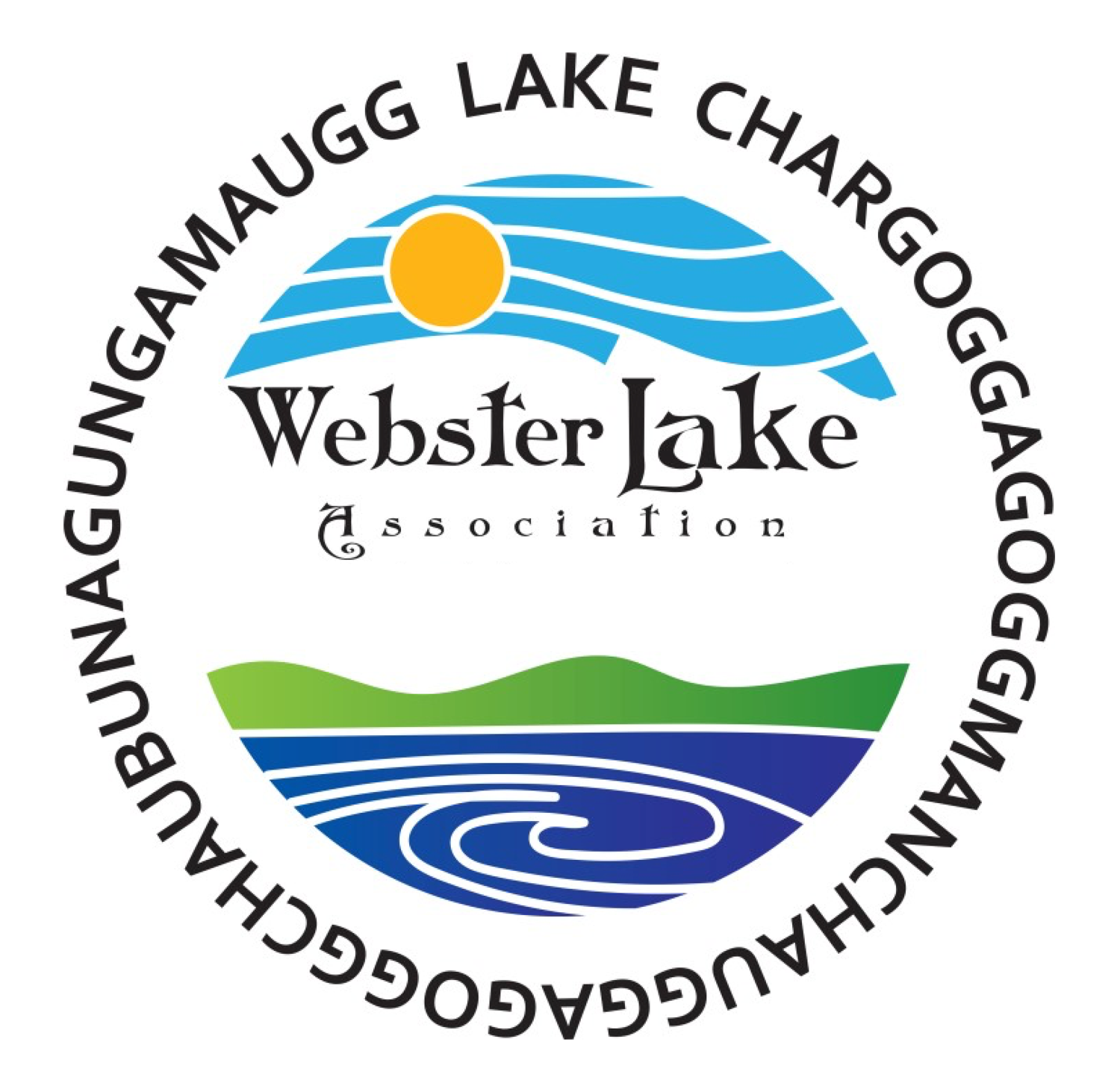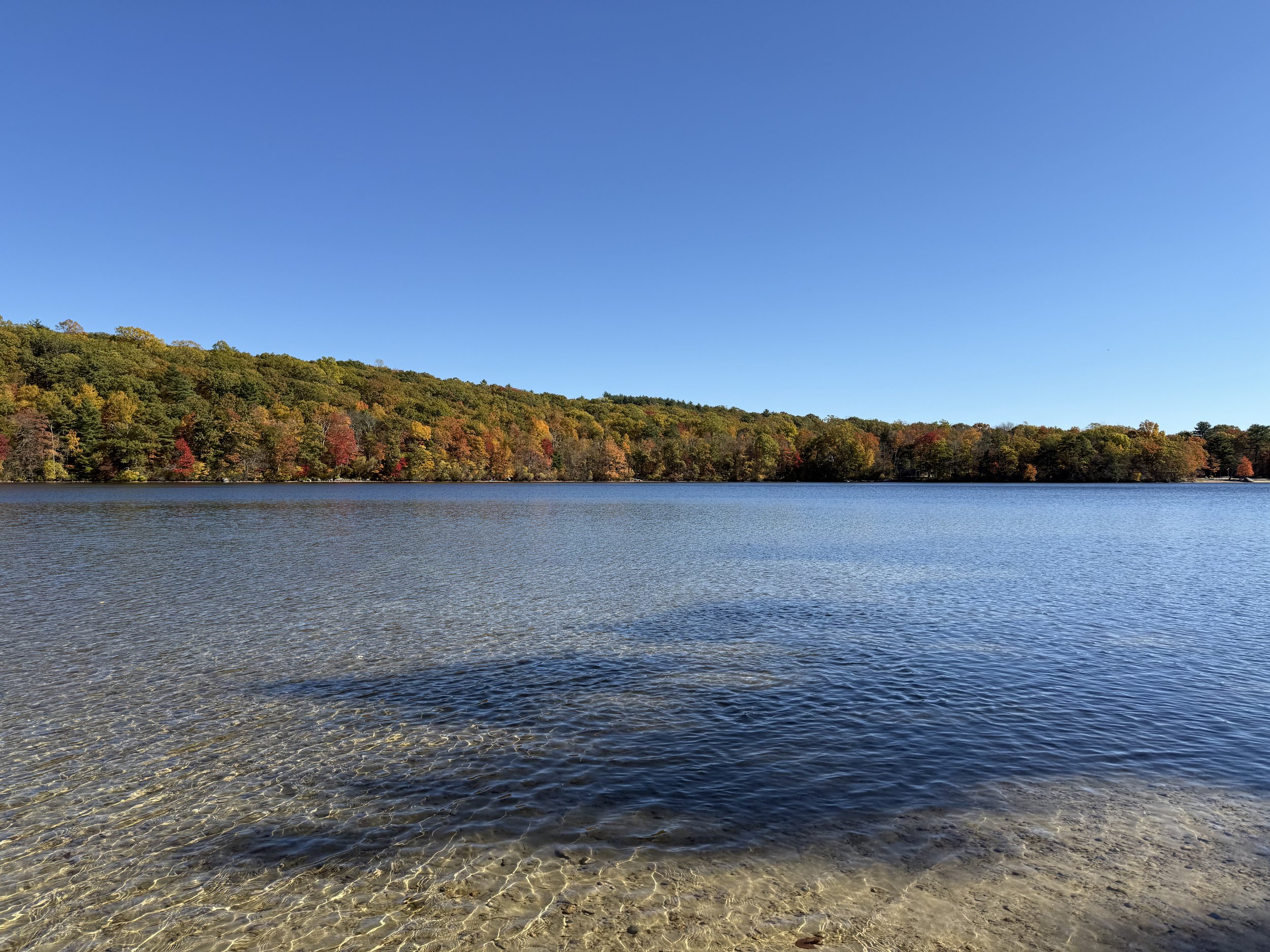About Weed Management
What are the invasive species with which the WLA is concerned?
The WLA is currently most concerned with two species of invasive plants: variable milfoil and fanwort. A third plant species, eurasian milfoil, has also been a problem and is being monitored. The term "Invasive Plants" is generally used here to mean non-native plants which can become dominant and interfere with the growth of native species.
How do invasive species get into our lake?
Invasive species are transferred in a number of ways. It does not take a lot of material to start a reproducing colony of animals or plants.
Animals, particularly birds, can move easily between bodies of water and can transfer other species both through direct transport and through droppings. Obviously, the control of such transfer is almost impossible. Animal species (like beaver, coyotes or seagulls) can also move themselves to new locations.BoatsMany boats move easily and regularly between different bodies of water. Invasive species can be carried on the boat itself, in the bilge, on trailers, and on towing vehicles. This is an important source of invasive weeds and animals brought into the lake. For example, a major concern now is a possible infestation of zebra mussels which can be carried by boats which have been in infested waters. Zebra clams can lay thousands of microscopic eggs and can easily be carried in a boat's live well as well as in the bilge. We currently have an infestation of Asian clams and they may be a contribution factor to the blue-green algae we are now seeing in all the ponds. Many lakes have strict requirements about cleaning boats before they are allowed to launch. Webster Lake does not yet have such requirements.Animal and Plant Transfer by HumansPeople often release no longer wanted pets (like fish, turtles, and snakes) into the wild. Dumping old aquarium plants could also be a source of invasive species. Finally, people sometimes cultivate exotic species on their own property but these can then spread into the larger environment.Wind and WaterBoth plants and animals can move about via wind and water. Insects, seeds, spores, branches, and plants can easily spread from place to place. The spread of an invasive species can often be tracked, gradually moving across the countryside.
How do our invasive plant species spread?
Besides the usual methods like seeds and root propagation, these species often spread by fragmentation. This means that parts of plants can break off, be carried to a different location, and then root and grow.
Why is management of these plants needed?
Over an extended period of time, native species often come into a balance with other plant and animal life to form a complicated community. When non-native plants are introduced, they can become dominant because of lack of natural predators and other advantages. In extreme cases, such non-native species can drive out the native species, eliminate habitats for other species, and even change the chemical and physical balances which allow other species to survive. They can also greatly affect other uses of the lake such as swimming, boating, and fishing. Thus the goal of the WLA is to control invasive species so that a natural balance is maintained and users of the lake can enjoy their various activities.
How does the WLA treat invasive species?
The WLA has considered several different methods for treating invasive species, but, for a variety of reasons, chemical herbicides are the ones selected for regular use.
How does the WLA use herbicides to control invasive weeds?
First, ACT does a survey of invasive weeds in the lake and determines where these are growing. Next, all or some of these areas are treated according to the funds available and the priorities for the different areas. ACT suggests when and where the treatments should be applied and then applies them at the direction of the WLA. We treat only areas where invasive weeds are a problem. We recognize the dangers of using chemicals for weed control. Therefore we use only limited amounts and all that we do use are approved by both the state and the federal governments. In addition, ACT is required to have a license to apply the herbicides.
What are the herbicides used by the WLA?
The two main herbicides used in the past are fluridone (brand name: Sonar) for fanwort and diquat (brand name: Reward) for variable milfoil. In the future, we also expect to use the newly registered flumioxazan (brand name: Clipper) for some fanwort areas. Sonar requires less water movement so that it can have a maximum effect. Clipper will have to be applied more frequently, but its lower cost will make it cheaper to use. The State and Federal Departments of Environmental Protection have approved all of these chemicals.
Have the management of invasive weeds been effective so far?
Yes, they have. Invasive species continue to regenerate, but this is to be expected. The elimination of these species is not a goal since that would be extremely difficult and might have unintended consequences for other plant and animal species. Instead, the WLA goal is to control and reduce the effect of invasive species. As concluded in the 2013 ACT report, "The 2013 Aquatic Management Program at Webster Lake continued to utilize a balanced approach to vegetation management. This approach maintains the recreational utility of the lake by controlling the density and distribution of invasive plant species, while preserving ample native vegetation in order to provide important habitat for a variety of fish and wildlife species."
Weed Management Options
There are a number of options that might be used for Weed Management. For a variety of reasons the WLA has used the last choice, herbicide application, for most management in Webster Lake. Various methods are discussed below.
Do Nothing
The trouble with doing nothing is that it can lead to widespread and dense infestation of invasive weeds with effects on habitats, other species, and recreational uses. While some may feel that "doing nothing" is "natural", this overlooks the fact that the environment has changed greatly, including the introduction of non-native species.
Mechanical Weed Raking (Hydroraking)
The WLA has a license from the Conservation Commission for mechanical weed raking. The WLA has, at times, provided access to mechanical weed raking for small areas for swimming or boating purposes. Homeowners must pay for management of their own areas. Unfortunately, this cannot be done in areas where there are invasive species because these species spread through fragmentation. Mechanical weed raking is not offered every year.
Mechanical Weed Raking with Containment
It is possible to use mechanical weed raking even in the presence of invasive weeds if containment systems are used to insure that fragmented weeds do not spread. In most cases, this procedure would be prohibitively expensive for individual homeowners.
Removing by Hand
For small areas where the weed density is not great, invasive weeds could be removed by hand. This is not an easy task since the entire plant, including roots, must be removed. Also care must be taken to collect all the parts of removed plants so that they do not spread through fragmentation. This method, too, would be suitable for small areas, but prohibitively expensive for large areas. This method has been recommended by ACT for areas which are too small for treatment with a herbicide to be cost effective.
Bottom Barrier Panels
A barrier, generally a plastic sheet on a frame, can be placed on the bottom of individual swimming or boat docking areas. This can be an effective means of weed control, but again is quite expensive and not practical for treatment of large areas of the lake. This method has also been recommended by ACT for areas which are too small for treatment with a herbicide to be cost effective.
Drawdowns
In some lakes, the water level can be substantially reduced, killing weeds by exposing them to the air. While this may work in some lakes, it is not a possibility in Webster Lake because of the relatively small watershed. Thus, if the lake level is reduced, it would be very difficult for it to recover and might be low for extended periods. Furthermore, there is the chance that the wells of some homes around the lake might run dry with a substantial drawdown. See the article by Ernie Benoit in the Fall 2013 WLA Newsletter for a longer discussion of this method.
Herbicides
Herbicides are used to attack invasive weeds. They may attack native plants as well, but these effects can be reduced by carefully selecting when and where the chemicals are applied. By keeping ahead of the invasive weeds, we hope to maintain an environment where native plants and animals can thrive.

